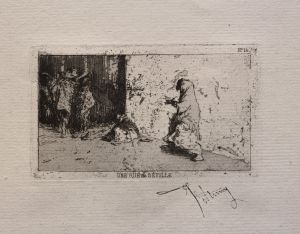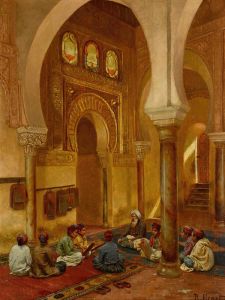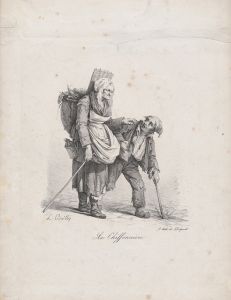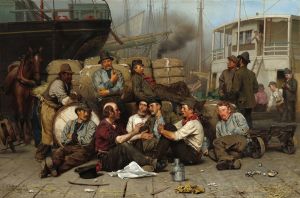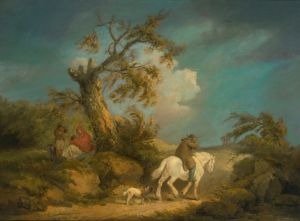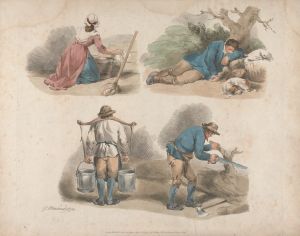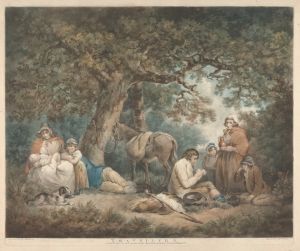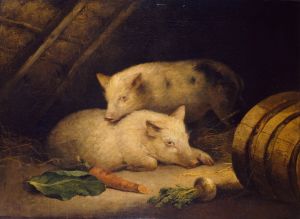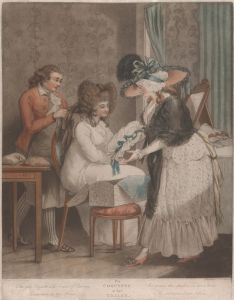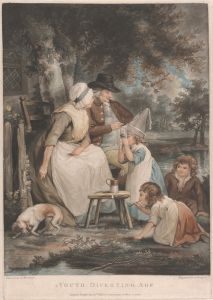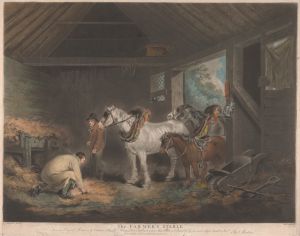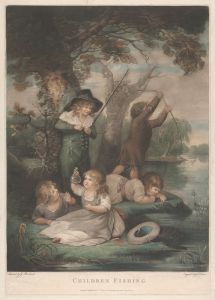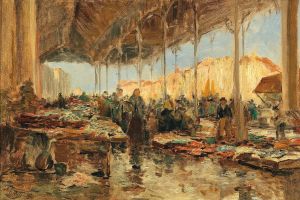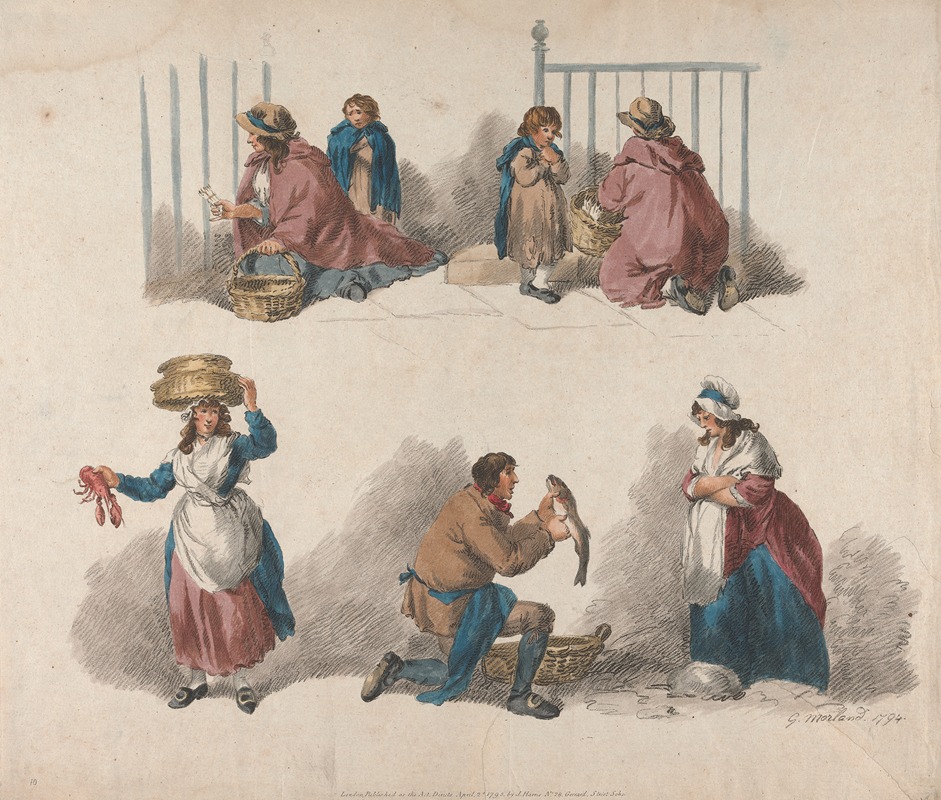
Five studies of Peddlers
A hand-painted replica of George Morland’s masterpiece Five studies of Peddlers, meticulously crafted by professional artists to capture the true essence of the original. Each piece is created with museum-quality canvas and rare mineral pigments, carefully painted by experienced artists with delicate brushstrokes and rich, layered colors to perfectly recreate the texture of the original artwork. Unlike machine-printed reproductions, this hand-painted version brings the painting to life, infused with the artist’s emotions and skill in every stroke. Whether for personal collection or home decoration, it instantly elevates the artistic atmosphere of any space.
"Five Studies of Peddlers" is a notable work by the British artist George Morland, who was active during the late 18th century. Morland, born on June 26, 1763, in London, was renowned for his genre paintings that often depicted rural scenes and the lives of common people. His works are characterized by their detailed and realistic portrayal of everyday life, and "Five Studies of Peddlers" is no exception.
This particular piece, "Five Studies of Peddlers," showcases Morland's keen observation and ability to capture the essence of his subjects. The painting consists of five separate studies or sketches of peddlers, who were itinerant vendors selling goods and wares. Peddlers were a common sight in 18th-century England, traveling from town to town, and their presence was a familiar aspect of rural and urban life.
In "Five Studies of Peddlers," Morland presents a series of vignettes that highlight the varied activities and appearances of these traveling merchants. Each study is rendered with meticulous attention to detail, emphasizing the individuality and character of the peddlers. The composition of the painting allows viewers to appreciate the diversity of the peddlers' trades and the different goods they offer.
Morland's technique in this work demonstrates his skill in capturing movement and expression. The peddlers are depicted in dynamic poses, suggesting their active engagement in selling their products. The artist's use of light and shadow adds depth to the figures, enhancing the three-dimensional quality of the studies. The background details, though minimal, provide context and situate the peddlers within their environment.
The significance of "Five Studies of Peddlers" lies not only in its artistic merit but also in its documentation of a specific aspect of 18th-century English society. Peddlers played a crucial role in the distribution of goods, especially in rural areas where access to markets was limited. By portraying these figures, Morland offers a glimpse into the economic and social dynamics of the time.
George Morland's career was marked by both success and struggle. He achieved considerable popularity during his lifetime, with his works being highly sought after by collectors. However, his personal life was fraught with difficulties, including financial troubles and issues with alcohol. Despite these challenges, Morland's legacy endures through his extensive body of work, which continues to be appreciated for its historical and artistic value.
"Five Studies of Peddlers" remains an important example of Morland's contribution to genre painting. It reflects his ability to combine artistic skill with social commentary, providing insight into the lives of ordinary people in 18th-century England. The painting is a testament to Morland's talent and his enduring interest in the human condition.
In summary, "Five Studies of Peddlers" by George Morland is a significant work that captures the essence of itinerant vendors in 18th-century England. Through detailed and expressive studies, Morland offers a window into the daily lives and trades of these individuals, highlighting their role in the broader social and economic landscape.





